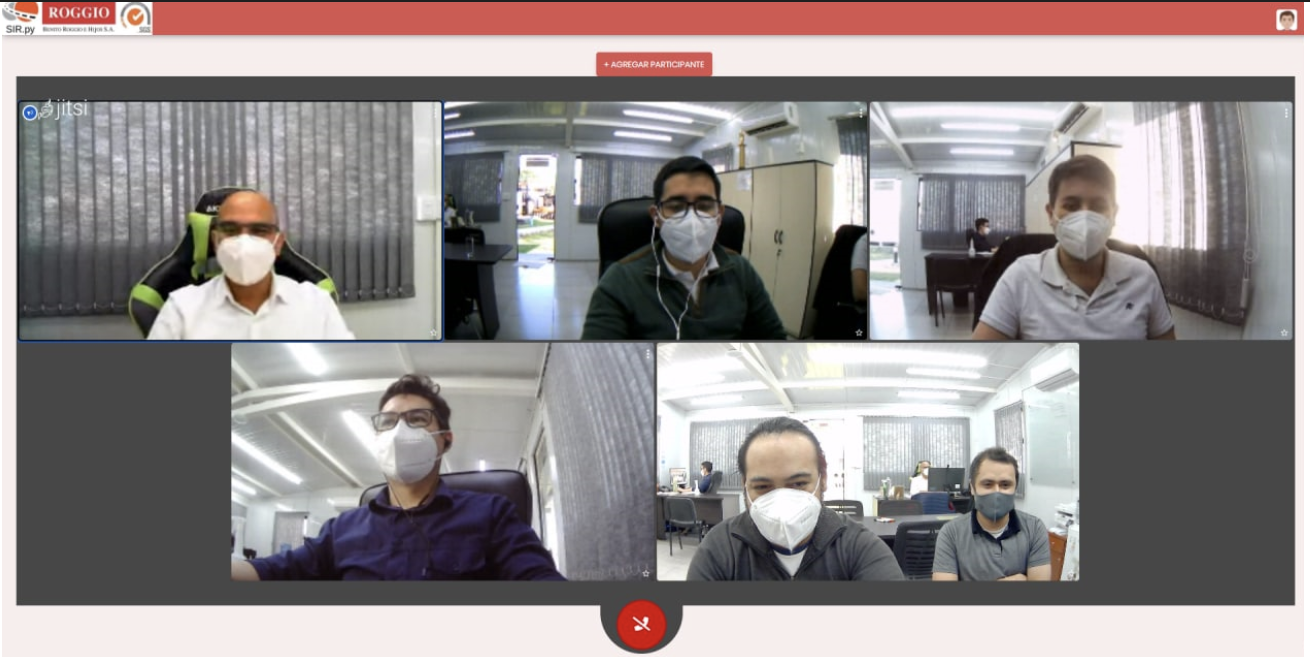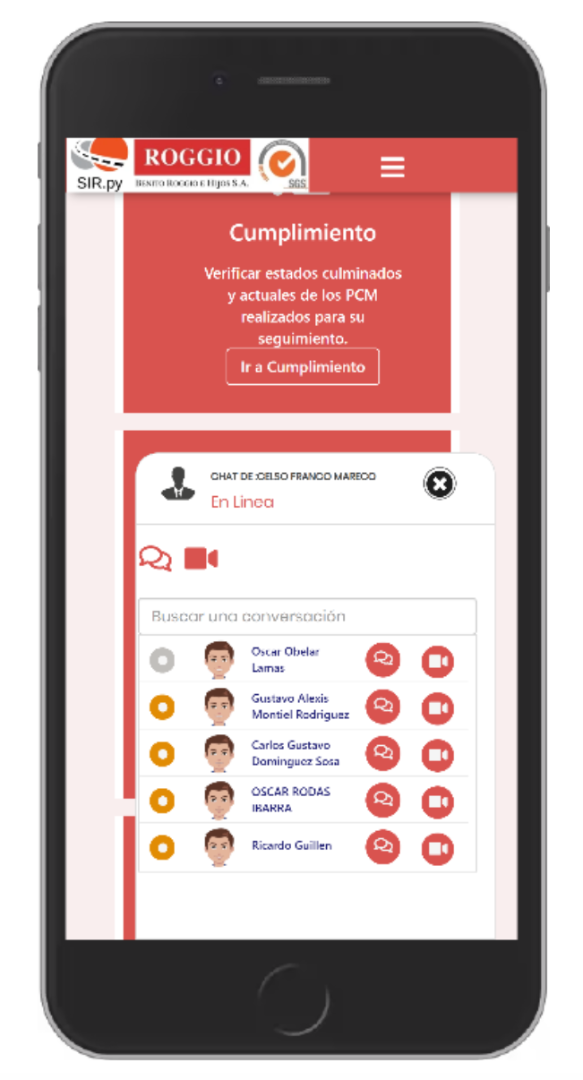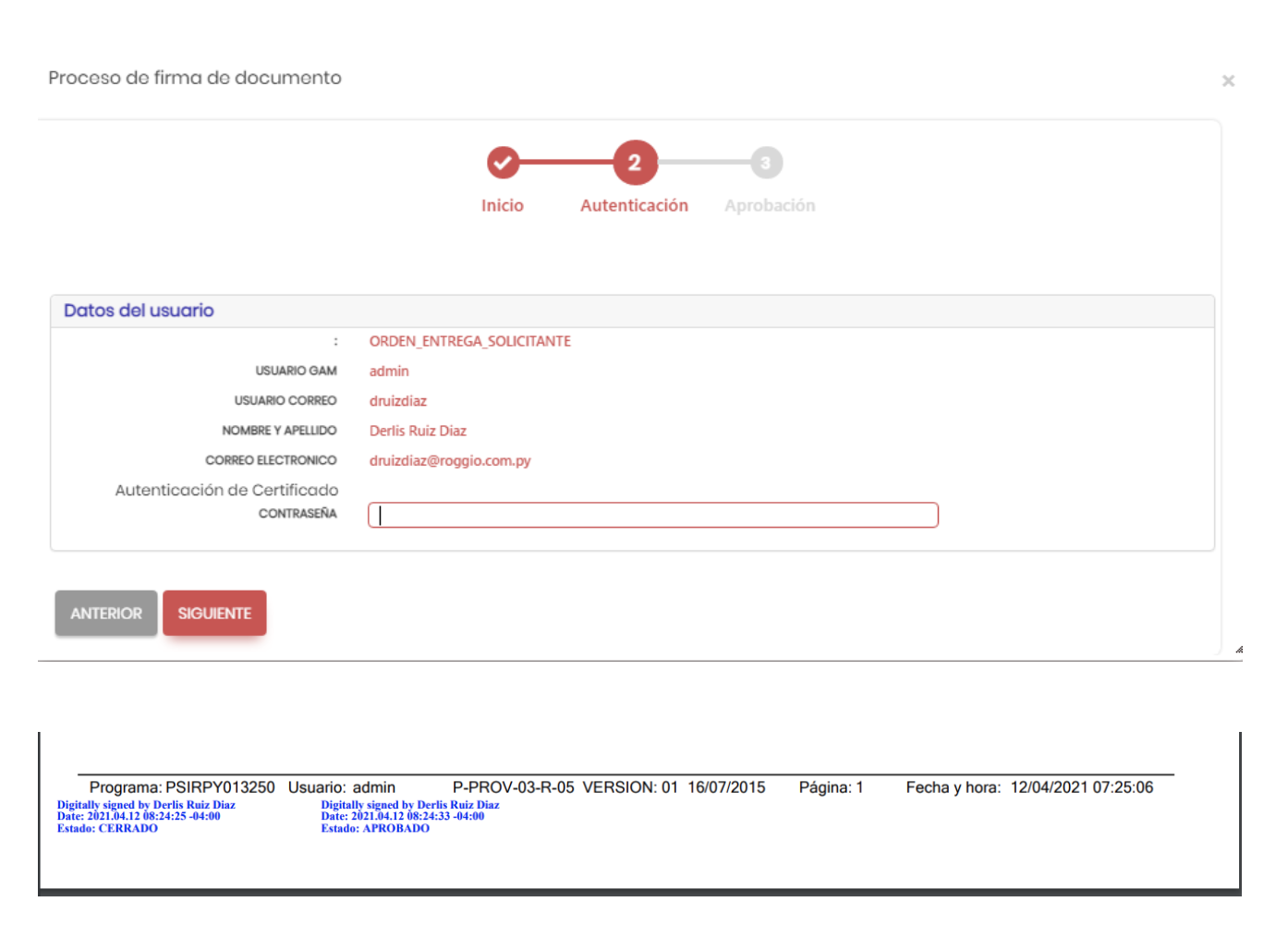Digital Transformation: Roggio construction company Launches Business System Fully Built in GeneXus 17
The leading construction company in Paraguay, with more than 40 years of experience and the backing of a century-old presence in the region – through the Roggio Group – shares with us a remarkable success story that speaks of technological integration, speed and customization.
Since 1974, Roggio has become a renowned leader in both the construction business and in the implementation of new services, with an outstanding strategic vision and the provision of services based on state-of-the-art technology and specialized human resources.
Their growing client portfolio called for a digital transformation of the software applied, which was not oriented or adapted to the company’s existing processes. The development tool in use had also become obsolete, lacking horizons for scalability and technological projection ahead.
This situation demanded an urgent replacement with a “future-proof” Low-Code development platform, also customizable in accordance with corporate processes.
“Based on our ambitious objectives and the idea of fully integrated corporate processes, we decided that GeneXus was the best choice. Its main features enabled us to focus on the business rules that are actually important, making agile and quick development possible, with flexibility for change at the time of implementation, and easy integration with third-party solutions,” explained Derlis Miguel Ruiz Díaz Burgos, project leader and member of the development team.
“We were certain that GeneXus was the perfect tool for the project, so we designed a strategy oriented at the full integration of all corporate processes. An aid tool for technological innovation was necessary in order to remain at the lead, leaving concerns about details aside, and focusing on the company’s strategic plans instead.” That was how, in just 6 months, everything came together in SIR.py, a 100% web app named Roggio Integrated Systems Paraguay (Sistemas integrados Roggio Paraguay in Spanish), that combines GeneXus 17 with WorkWithPlus for Web.
“Such express digital transformation with integrated external objects and user controls would not have been so simple -nor possible- using other tools. In fact, the combination of several third-party solutions would have become necessary to achieve the same objective. Thanks to GeneXus, we reached the versatility of integrating solutions, even third-party solutions, in a simple, practical and controllable manner,” Ruiz Díaz affirmed. Below is a summary of a chat we had with the project leader at the company’s offices.

located throughout the territory of Paraguay, and this gave way to the possibility of measuring efficiency levels and controls required, all in search of efficient and agile processes.
In addition to the availability of information in real time, and regardless of location, one of the solution’s main aspects has been its contribution in providing data to other sectors not related to production, saving the need to move around for that purpose.
GeneXus is an aid for the control, traceability and swiftness of each process. Today, every construction site is capable of carrying out its own operational closings timely, and in an efficient and adequate manner. The areas responsible for administrative and management control activities have direct data input from the system. Now they may have an outlook, anytime, on possible deviations in the implementation of worksite tasks.

Having implemented the plans for worksite systems by early 2020, the arrival of the pandemic caused us to reconsider a number of things. Because adversity usually brings out the best in all, we were faced, at that time, with the chance of undergoing the company’s digital transformation. In the first semester, we managed to achieve the digital signature of documents for internal processes by means of external objects, a local chat integrated on the basis of a user control. We also enabled the app to make video calls for one-on-one and group meetings. This was the result of deciding to integrate one of the best open source platforms in the market.
“Fortunately, GeneXus was an aid in the fast development of complex processes, which turned us from system analysts into business analysts. It’s an evolving tool that enables cutting-edge efficiency and readiness for confronting direct competitors,” concluded the project leader Derlis Miguel Ruiz Díaz Burgo.

Their growing client portfolio called for a digital transformation of the software applied, which was not oriented or adapted to the company’s existing processes. The development tool in use had also become obsolete, lacking horizons for scalability and technological projection ahead.
This situation demanded an urgent replacement with a “future-proof” Low-Code development platform, also customizable in accordance with corporate processes.
“Based on our ambitious objectives and the idea of fully integrated corporate processes, we decided that GeneXus was the best choice. Its main features enabled us to focus on the business rules that are actually important, making agile and quick development possible, with flexibility for change at the time of implementation, and easy integration with third-party solutions,” explained Derlis Miguel Ruiz Díaz Burgos, project leader and member of the development team.
“We were certain that GeneXus was the perfect tool for the project, so we designed a strategy oriented at the full integration of all corporate processes. An aid tool for technological innovation was necessary in order to remain at the lead, leaving concerns about details aside, and focusing on the company’s strategic plans instead.” That was how, in just 6 months, everything came together in SIR.py, a 100% web app named Roggio Integrated Systems Paraguay (Sistemas integrados Roggio Paraguay in Spanish), that combines GeneXus 17 with WorkWithPlus for Web.
“Such express digital transformation with integrated external objects and user controls would not have been so simple -nor possible- using other tools. In fact, the combination of several third-party solutions would have become necessary to achieve the same objective. Thanks to GeneXus, we reached the versatility of integrating solutions, even third-party solutions, in a simple, practical and controllable manner,” Ruiz Díaz affirmed. Below is a summary of a chat we had with the project leader at the company’s offices.

Who was in charge of SIR.py?
What benefits did the new solution bring?
located throughout the territory of Paraguay, and this gave way to the possibility of measuring efficiency levels and controls required, all in search of efficient and agile processes.
In addition to the availability of information in real time, and regardless of location, one of the solution’s main aspects has been its contribution in providing data to other sectors not related to production, saving the need to move around for that purpose.
GeneXus is an aid for the control, traceability and swiftness of each process. Today, every construction site is capable of carrying out its own operational closings timely, and in an efficient and adequate manner. The areas responsible for administrative and management control activities have direct data input from the system. Now they may have an outlook, anytime, on possible deviations in the implementation of worksite tasks.

What was your biggest surprise after working with GeneXus?
Having implemented the plans for worksite systems by early 2020, the arrival of the pandemic caused us to reconsider a number of things. Because adversity usually brings out the best in all, we were faced, at that time, with the chance of undergoing the company’s digital transformation. In the first semester, we managed to achieve the digital signature of documents for internal processes by means of external objects, a local chat integrated on the basis of a user control. We also enabled the app to make video calls for one-on-one and group meetings. This was the result of deciding to integrate one of the best open source platforms in the market.
What lies ahead in the digital transformation of SIR.py?
“Fortunately, GeneXus was an aid in the fast development of complex processes, which turned us from system analysts into business analysts. It’s an evolving tool that enables cutting-edge efficiency and readiness for confronting direct competitors,” concluded the project leader Derlis Miguel Ruiz Díaz Burgo.
